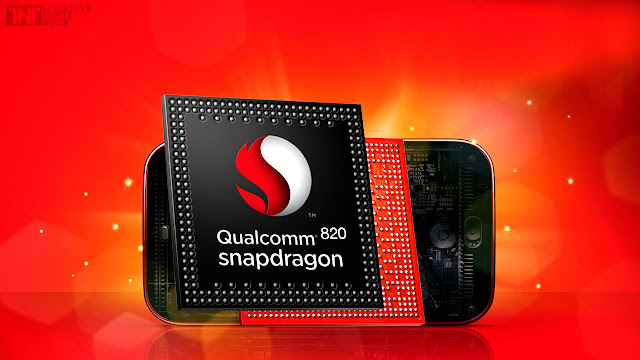Okay. The great spring phone glut is over. The big manufacturers have revealed their flagship devices. Apple even joined in with a cheaper alternative to its flagship iPhone.
But no matter how much faster and more powerful processors do the android phones acquire, all the CPU and GPU benchmarks in the world can’t compare to real world performance when it comes to mobile gaming. And in the real world Apple stomps its Android competitors.
But while you can benchmark a whole slew of things on a computer, mobile devices have been notoriously more difficult to benchmark. Synthetic benchmarks, like the popular AnTuTu and Geekbench, can be “gamed” by clever device manufacturers and leave you with majorly skewed results. So you often find yourself looking to PC benchmarks and adapting them for the Android/iOS environment and the numerous complications it entails.
But no matter how much faster and more powerful processors do the android phones acquire, all the CPU and GPU benchmarks in the world can’t compare to real world performance when it comes to mobile gaming. And in the real world Apple stomps its Android competitors.
But while you can benchmark a whole slew of things on a computer, mobile devices have been notoriously more difficult to benchmark. Synthetic benchmarks, like the popular AnTuTu and Geekbench, can be “gamed” by clever device manufacturers and leave you with majorly skewed results. So you often find yourself looking to PC benchmarks and adapting them for the Android/iOS environment and the numerous complications it entails.
There was one particular aspect of benchmarking that proved, for years, to be impossible to carry over from PC benchmarking. It was mobile benchmarking’s boss ::
Game benchmarks.
Game developers don’t include any kind of frames per second counter for benchmarking on mobile games, and counting FPS manually requires significant alteration to code—usually in the form of rooting/jailbreaking. There was one company, GameBench, aggressively pursuing the problem, but it wasn’t until late last year—three years after the company formed—that it caught the whale and gave us access to all kinds of goodies, like FPS, CPU, GPU usage, and even power consumption.
Unfortunately, the new benchmark has also highlighted a pretty major limitation in mobile game benchmarking—mobiles games have frame per second caps. Most mobile games are capped at 30fps, with some more intense games capped at 60fps. In part this is to help save battery power, but it also means that no matter how powerful the processor in your phone is, it will only ever do a maximum 60fps.
The iPhone SE, Apple’s tiny “budget” phone, features the same top of the line guts as the iPhone 6S, and it hits the cap. Every time. Even the two year old iPhone 6 has no problem maintaining 59fps in Lara Croft Go (a wicked fun game with some sweet, if grueling, graphics).
But the Samsung S7 Edge with its fancy Snapdragon 820 processor and Adreno 530 GPU? Hovers around 44fps. And the LG G5—which features the same processor? 42 frames per second. Even the brand-spanking new HTC 10 managed only 44 frames per second.
Want to know the reason??
Because mobile games are made for iOS first. Android is an afterthought—even though Android continues to crush iOS in terms of smartphone marketshare.
Developing for iOS tends to be more lucrative overall, and there’s very little device fragmentation. There are just a handful of processors and screen sizes that an iOS developer needs to program for, which means devs can optimize their apps better than the poor Android developer who has to take into consideration hundreds of different devices with a wide variety of processor and display capabilities.
Yet until Android actually catches up—or apps are specifically optimized for Android—benchmarking them to compare them to iOS devices will be an exercise in futility. Apple’s always going to win.
What do you think of the results?
Do let me know in the comments below
Do let me know in the comments below
Thank you for visiting
Will see you next time..





No comments:
Post a Comment